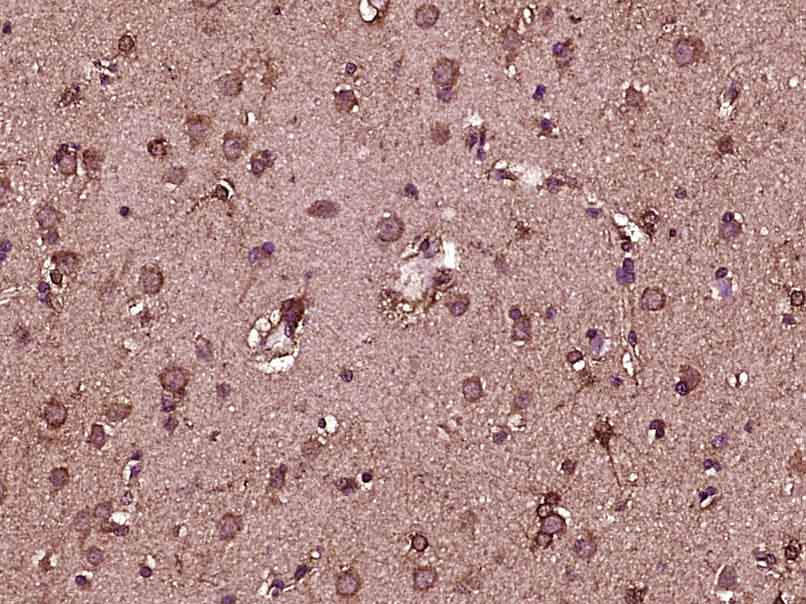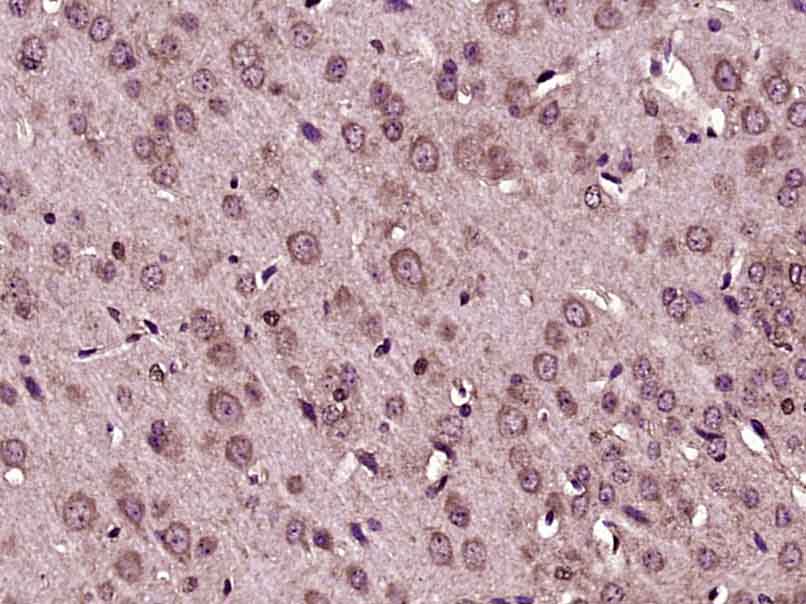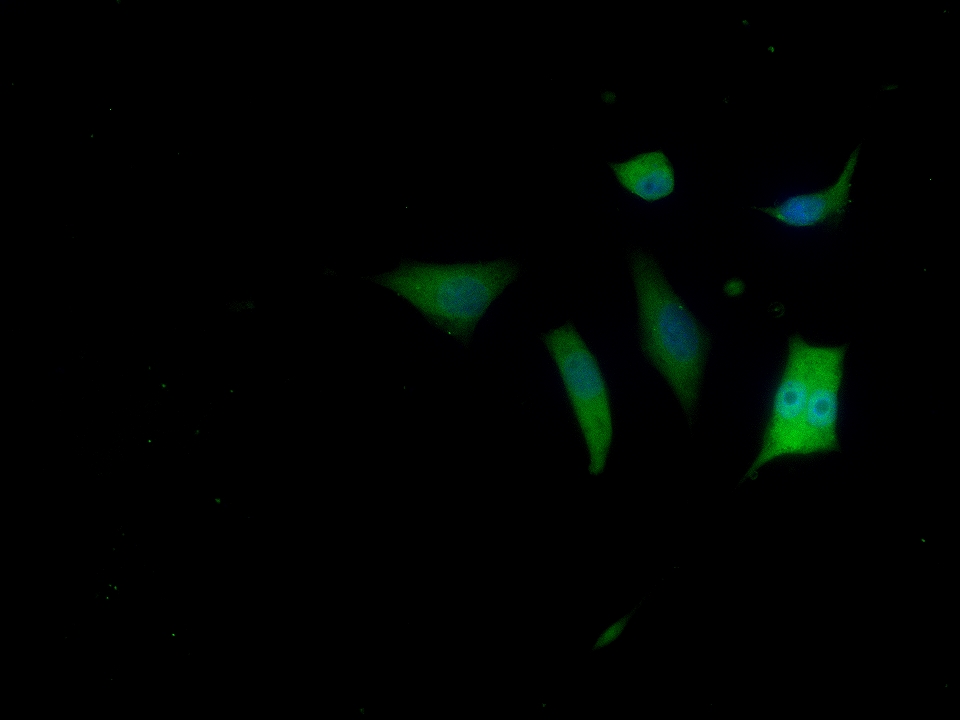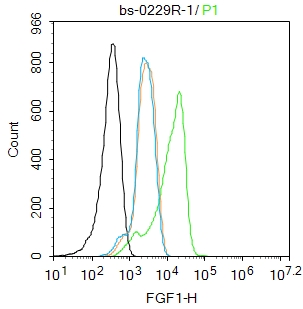
Rabbit Anti-FGF1 antibody
Acidic fibroblast growth factor; Acidic-fibroblast growth factor; aFGF; Beta endothelial cell growth factor; Beta-endothelial cell growth factor; ECGF; ECGF beta; ECGF-beta; ECGFA; ECGFB; Endothelial Cell Growth Factor alpha; Endothelial Cell Growth Facto
View History [Clear]
Details
Product Name FGF1 Chinese Name 酸性成纤维细胞生长因子抗体 Alias Acidic fibroblast growth factor; Acidic-fibroblast growth factor; aFGF; Beta endothelial cell growth factor; Beta-endothelial cell growth factor; ECGF; ECGF beta; ECGF-beta; ECGFA; ECGFB; Endothelial Cell Growth Factor alpha; Endothelial Cell Growth Factor beta; FGF 1; FGF alpha; FGF-alpha; FGF1_HUMAN; FGFA; Fibroblast Growth Factor 1 Acidic; Fibroblast growth factor 1; GLIO703; HBGF 1; HBGF-1; HBGF1; Heparin binding growth factor 1; Heparin binding growth factor 1 precursor; Heparin-binding growth factor 1 Fibroblast Growth Factor-acidic; Fibroblast Growth Factor acidic. Research Area Tumour Cell biology immunology Growth factors and hormones Immunogen Species Rabbit Clonality Polyclonal React Species Human, Mouse, (predicted: Rat, Sheep, ) Applications ELISA=1:5000-10000 IHC-P=1:100-500 IHC-F=1:100-500 Flow-Cyt=1ug/Test ICC=1:100 IF=1:100-500 (Paraffin sections need antigen repair)
not yet tested in other applications.
optimal dilutions/concentrations should be determined by the end user.Theoretical molecular weight 16kDa Cellular localization The nucleus cytoplasmic The cell membrane Secretory protein Form Liquid Concentration 1mg/ml immunogen KLH conjugated synthetic peptide derived from human FGF1: 16-80/155 Lsotype IgG Purification affinity purified by Protein A Buffer Solution 0.01M TBS(pH7.4) with 1% BSA, 0.03% Proclin300 and 50% Glycerol. Storage Shipped at 4℃. Store at -20 °C for one year. Avoid repeated freeze/thaw cycles. Attention This product as supplied is intended for research use only, not for use in human, therapeutic or diagnostic applications. PubMed PubMed Product Detail FGF1 also designated Heparin-binding growth factor 1 precursor (HBGF-1) ; Acidic fibroblast growth factor (aFGF). heparin-binding growth factors are angiogenic agents in vivo and are potent mitogens for a variety of cell types in vitro. There are differences in the tissue distribution and concentration of these 2 growth factors. Subunit si monomer.FGF1 belongs to the heparin-binding growth factors family. may play a role in neurite outgrowth; may regulate cell differentiation in the nervous system; may act in synergy with fibronectin to enhance neuronal cell adhesion.
Function:
The heparin-binding fibroblast growth factors play important roles in the regulation of cell survival, cell division, angiogenesis, cell differentiation and cell migration. They are potent mitogens in vitro.
Subunit:
Monomer. Homodimer. Interacts with FGFR1, FGFR2, FGFR3 and FGFR4. Affinity between fibroblast growth factors (FGFs) and their receptors is increased by heparan sulfate glycosaminoglycans that function as coreceptors. Found in a complex with FGFBP1, FGF1 and FGF2. Interacts with FGFBP1. Part of a Cu(2+)-dependent multiprotein aggregate containing FGF1, S100A13 and SYT1. Interacts with SYT1. Interacts with S100A13. Interacts with LRRC59. Interacts with CSNKA, CSNKB and FIBP. While binding with LRRC59, CSNKA and FIBP seem mutually exclusive, CSNKB and FIBP may cooperatively interact with FGF1.
Subcellular Location:
Secreted. Cytoplasm. Cytoplasm, cell cortex. Cytoplasm, cytosol. Nucleus. Note=Lacks a cleavable signal sequence. Within the cytoplasm, it is transported to the cell membrane and then secreted by a non-classical pathway that requires Cu(2+) ions and S100A13. Secreted in a complex with SYT1 (By similarity). Binding of exogenous FGF1 to FGFR facilitates endocytosis followed by translocation of FGF1 across endosomal membrane into the cytosol. Nuclear import from the cytosol requires the classical nuclear import machinery, involving proteins KPNA1 and KPNB1, as well as LRRC59.
Tissue Specificity:
Predominantly expressed in kidney and brain. Detected at much lower levels in heart and skeletal muscle.
Post-translational modifications:
In the nucleus, phosphorylated by PKC/PRKCD.
Similarity:
Belongs to the heparin-binding growth factors family.
SWISS:
P05230
Gene ID:
2246
Database links:Entrez Gene: 2246 Human
Entrez Gene: 14164 Mouse
Omim: 131220 Human
SwissProt: P05230 Human
SwissProt: P61148 Mouse
Unigene: 483635 Human
Unigene: 88013 Rat
Unigene: 241282 Mouse
Growth factors and hormones( Growth Factor and Hormones)
肝素结合生长因子(FGF1)可与肝素结合是血管生成剂,还是多种细胞强的促细胞分裂剂,可刺激多种中胚层细胞的生长包括软骨细胞、粒细胞和endothelial cells,在创伤愈合及动物肢体再生中可能起作用。在不同的组织中分布和含量不同,以单体形式存在,属于肝素结合生长因子家族成员之一。Product Picture
Primary Antibody (green line): Rabbit Anti-FGF1 antibody(SL0229R)
Dilution:1ug/Test;
Secondary Antibody : Goat anti-rabbit IgG-FITC
Dilution: 0.5ug/Test.
Protocol
The cells were fixed with 4% PFA (10min at room temperature)and then permeabilized with 0.1% PBST for 20 min at room temperature.The cells were then incubated in 5%BSA to block non-specific protein-protein interactions for 30 min at room temperature .Cells stained with Primary Antibody for 30 min at room temperature. The secondary antibody used for 40 min at room temperature. Acquisition of 20,000 events was performed.
Bought notes(bought amounts latest0)
No one bought this product
User Comment(Total0User Comment Num)
- No comment






 +86 571 56623320
+86 571 56623320
 +86 18668110335
+86 18668110335

